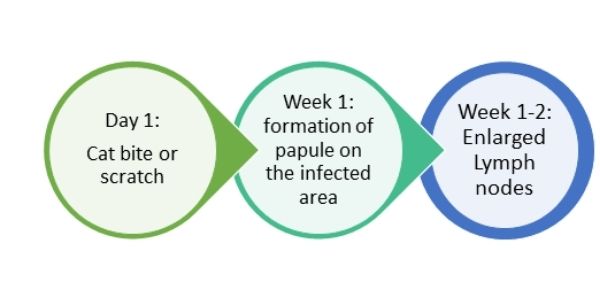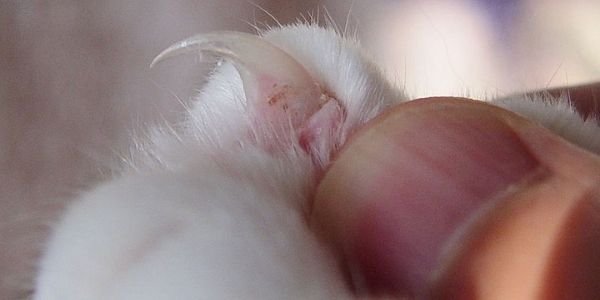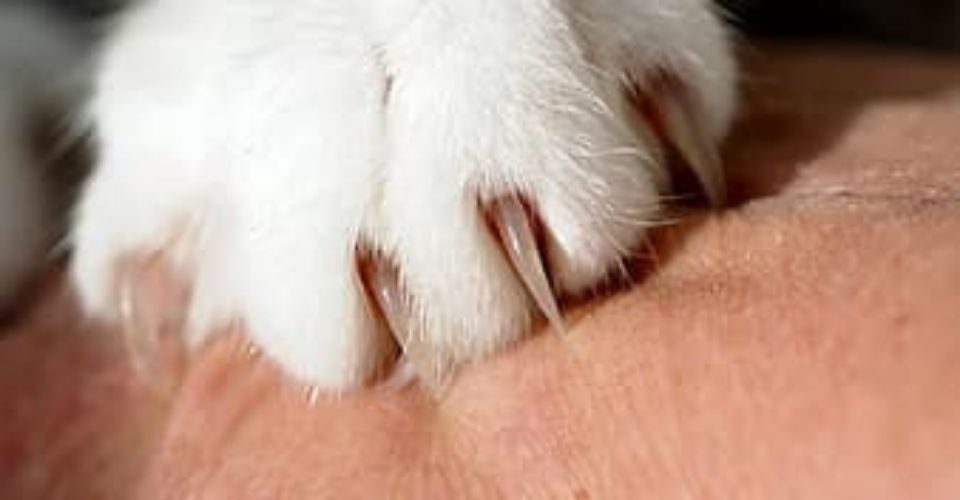Petting a cat is, without a doubt, an exciting experience. It is easy and fun and you enjoy having them around. However, there are a few heads-up related to your health, especially Cat Scratch Disease (CSD), also called Cat Bite Disease and Cat Fever Disease, that you must be aware of.
Cats love to scratch. While it’s not often, sometimes cat owners can contract Cat Scratch Disease from a cat’s scratching which can lead to some serious health issues.
In this short guide, we have gathered the most relevant information about the underlying causes, symptoms, treatment, and prevention of Cat Scratch Disease.
Let’s get started!
What Are the Causes Behind Cat Scratch Disease?
The primary cause behind cat scratch disease is “Cat Scratching, Biting, or Licking”. It is normally a benign, self-limiting ailment that lasts about 6 to 12 weeks after a cat scratches you. But why does scratching, biting, or licking cause CSD?
The main culprit behind cat bite disease is the bacteria called “Bartonella henselae”. This bacteria is usually present in all cats, and dirt fleas pass this bacteria from one cat to another. It is usually present in the saliva or beneath the claws of the cat. So when a cat licks, bites, or scratches you, this bacteria gets transferred to your skin, giving you the Cat Scratch Disease or cat scratch fever.
But Why Do Cats Scratch After All?
Cat scratching is a natural behavior in felines. A cat scratch is usually 1 cm in length. They try to scratch any surface in which their claws can sink in.
Some of the reasons behind cat scratching are:
- To express their mood swings
- To remove the outer dead layer from their nails
- To mark their territory
- To stretch their bodies
- To flex their feet and claws
- To shape or hone their nails
- To relieve anxiety
- To express excitement
Scratching objects is an innate urge which is normal in cats, and you should not try to discourage them entirely from doing so. However, to protect your furniture and yourself, get your cat some scratch-friendly objects, like a scratching post.
What Are the Symptoms of CSD?
Scratches or bites from an infected cat can cause the following.
- Swollen, tender, or draining lymph nodes
- You can see the visible inflammation around the neck and on the limbs
- Fever
- Fatigue
- Headache
Symptoms of Cat Scratch Fever can vary from mild to severe and last from a week to a month depending on your health condition and the severity of the infecting bacteria.
How To Know if It’s Cat Scratch Disease?

The symptoms listed above are common for most diseases. How would you know if it is Cat Scratch Disease?
First, you need to remember if you had a cat bite or scratch, or if your cat has licked your skin in the recent past. But if you are developing some symptoms but cannot remember if your cat bit or scratched you, consider the following.
- If your lymph has swollen and you have no previous history of lymph node diseases, it is likely a Cat Scratch Disease.
- Go to a doctor and check for
- Elevated Sedimentation Rate
- C-Reactive Protein (CRP)
If the results are positive then it’s an indication of Cat Scratch Disease.
How To Treat Cat Scratch Disease?
Here is the good news, in most cases, there is no need for treatment for cat scratch disease at all. Why? Because this disease is a self-limiting disease. It won’t last long and your immune system can tackle it without any external medications.
However, if the disease gets severe, Dr. Damien Jonas Wilson, MD, recommends taking the following:
- Azithromycin (10 to 14 days)
- Doxycycline
- Ciprofloxacin
But in any case, do not, and we repeat, do not try to treat it at home by yourself. Contact your doctor and take medicines prescribed only by him or her.
Which Cats Are More Prone To Give Cat Scratch Disease?
Kittens and young cats (up to six months old) are the major carriers of Bartonella henselae. However, almost 40% of cats contain this bacteria in their bodies.
How To Prevent Cat Scratch Disease?

You can prevent this by avoiding any situation or rough play in which cats can scratch or bite you.
Most importantly, you should
- Keep your cats clean
- Trim their claws regularly
- Give them a regular bath
- Provide them a scratch post to scratch on
- Put the scratch posts or swings in the places where your cat wants
- Get your cat to the vet regularly
- Clean up litter boxers daily
- Wash your scratched area with antibiotics
Prevention is better than cure! Try to follow the above steps to minimize the risks of inviting a Cat Scratch Disease or Cat Scratch Fever (CSF).
Lastly, a disclaimer. The information provided above is for the general knowledge of cat guardians. Though we do strive to bring at your disposal information from the most authentic and credible sources, it should not be taken as authoritative. Only the vet or your doctor can prescribe the medication, or investigate any disease you suspect you, or your cat, is having.
We hope you found this article useful. Want to know more about everything related to Cat Health? Subscribe to our newsletter and be the first one to get the latest updates, tips, and experts’ advice about cat care, feed, training, health, and wellbeing.





